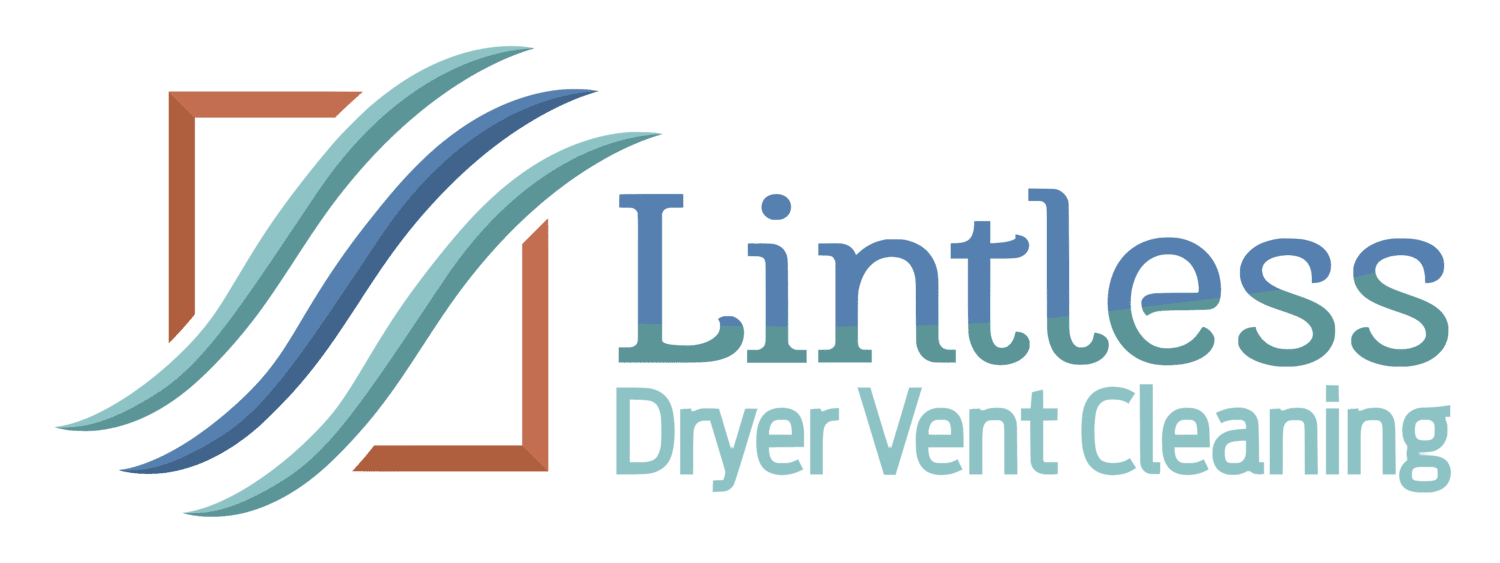Clearing the Air on Dust: What It Is, Who’s At Risk and How To Control
What exactly is in your home’s dust? The answer might surprise you.
Among other things, many chemical compounds don’t sound like anything you want to breathe in regularly.
These include:
Chemical Compounds
PCBs
Polychlorinated biphenyls are known carcinogens.
PAHs
Polycyclic aromatic hydrocarbons are used in pesticides.
PBDEs
Polybrominated diphenyl ethers are flame retardants that are so prevalent now and highly toxic that some states consider banning their use.
Who’s Most at Risk?
Children
Some experts estimate that the average child ingests dust ten times daily from sticking their fingers in their mouths. Children also have weaker immune systems.
People with allergies
People who suffer from allergies may find their symptoms triggered when there’s a lot of dust in the room. Dust often carries pet dander and outdoor pollens that can aggravate these symptoms.
People with compromised immune systems
These people are more likely to experience sneezing, sniffling, and other respiratory problems when exposed to dust mites or dust particles.
Stirring Up Trouble
Everything you do in your house contributes to dust. Fibers from carpeting, linens, and clothes disintegrate into tiny pieces floating around your home. Dust mites take up residency in your bedding. Vacuuming and sweeping send dust particles flying.
How do You, Control Dust?
You can’t eliminate every speck of dust from your house. But there are steps you can take to reduce it.
- Use hard surfaces instead of wall-to-wall carpet, which is a dust magnet. Instead, use area rugs that you wash weekly.
- Vacuum regularly
- Use microfiber cloths to clean surfaces and floors.
- Wash bedding in hot water, which kills dust mites.
- Make sure your doors and windows are weatherproof
- Seal off cracks and crevices indoors
- Keep the home tidy and minimize clutter
- Use non-toxic products so as to reduce airborne chemicals from settling into dust particles.
- Install good-quality air filters in your vents.
- Regularly have your air ducts cleaned
The Best Dust Busters
One of the most vital things you can do to combat dust’s effects is to get and keep your air ducts clean. If your air ducts are dirty, you could be creating the perfect conditions for problems with mold and mildew, pests and dangerous toxins.
Avoid these problems by getting your air ducts cleaned. Contact a professional air duct cleaning service such as Lintless Dryer Vent Cleaning today and get those toxins, dust mites, and mold spores out of your hair and out of your air.
Before you leave, be sure to check out a few of our blog articles. Below we list just a few.
7 Signs Air Ducts Need Cleaning
The Benefits of Air Duct Cleaning


